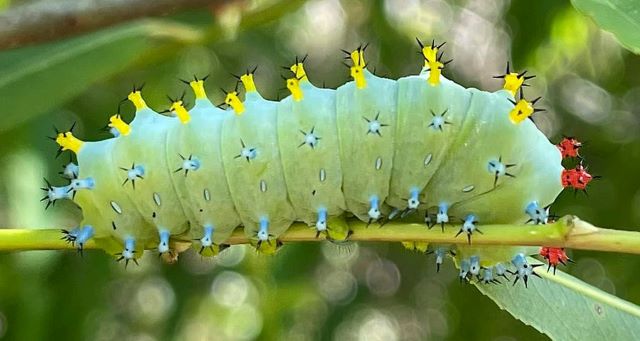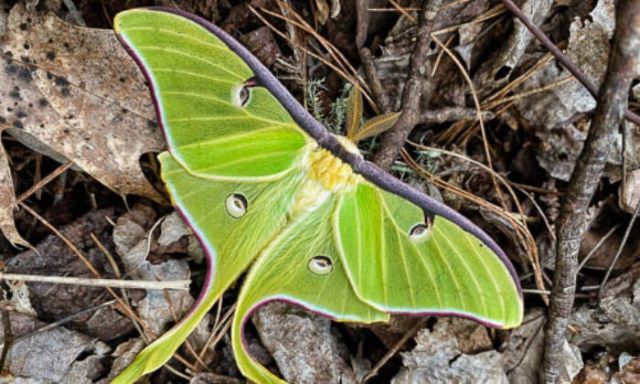August returns, along with the flashy ecological poster child known as the Monarch Butterfly, as well as a sense of dread as populations have declined due to habitat changes. The Monarch is a annual, flashy reminder of species decline. The Monarch’s beauty draws attention to their plight, but can a single species paint an entire ecological picture of healthy ecosystems? Monarchs could be referred to as specialists, as they often frequent a single plant genus with little plant diversity. These specialists always get the spotlight whilst the generalists seem to get no love at all!
generalist or Specialist?
In this case, we are taking the liberty of naming generalists as the many other species of insects who possess the ability to gather pollen from a large variety of plants, while a specialist may only be able to gather pollen from one or a few plant species. Specialist insects will often emerge from their nests in sync with the flower of their host plant and have developed long evolutionary relationships with these host plants. Generalists have evolved to be more adaptable to changing environments. Is one a better indicator of a healthy environment? It’s hard to tell, although it is likely a proper balance between the two.
Either way, Monarchs steal the show every year and it is easy to forget about other butterflies: the Blue Karners, Black SwallowTails, the Sulphurs and the Skippers.
Meanwhile, all of these butterflies steal the show from an even more mysterious set of nocturnal winged insects that emerge when the moon and stars are overhead–moths.
More to The Mysterious Moth than Merely “Nocturnal”
Moths occupy a large category of insects, all the order of Lepidoptera that are not butterflies. Moths are often a symbol of transformation and new beginnings, and differ from the butterfly as its antennae are feathered instead of clubbed. They often are earthen in color with many having wing patterns designed to blend into the bark of various trees.
Species such as the Luna Moth often appear on back porches under the yellow light glowing by the door. They can be the size of small plates and are hard to miss with their lime green coloring outlined in black with one large “eye” on each wing giving way to a trailing tail that brings to mind the graceful shape of a Manta Ray. The Hummingbird Moth buzzes around with the speed and agility of the bird it’s named after, and it shares an extended proboscis (an elongated sucking mouthpart) similar to the hummingbird tongue. The Ironweed Clearwing Moth is unique with opaque wings and a body that at first glance resembles a bee. The Cecropia Silk Moth never disappoints with its large body and showy orange coloring and its caterpillar is something out of a science fiction novel!

Inviting the Generalists to Supper
Because they are active mostly at night, moths’ important role in healthy ecosystems is hidden. Our native South Coast moths feast on other night time insects, and in turn supper for bats (as well as frogs and birds). Unlike butterfly specialists like the Monarch, Massachusetts’ native moths eat a wide variety of perennials already in our gardens and laneways: low bush blueberry, willows, black and choke cherry, varieties of oaks and pine. Other, less ordinary natives plants include pussy foot (Antennaria plantaginifolia) and several species of mountain mint.
My advice for this summer is to stop shining the spotlight on the butterflies, and forget about the specialists while providing appropriate credit to those in the background of our ecological workplace who grind it out every day! Be the moth and fly towards the flame…..


